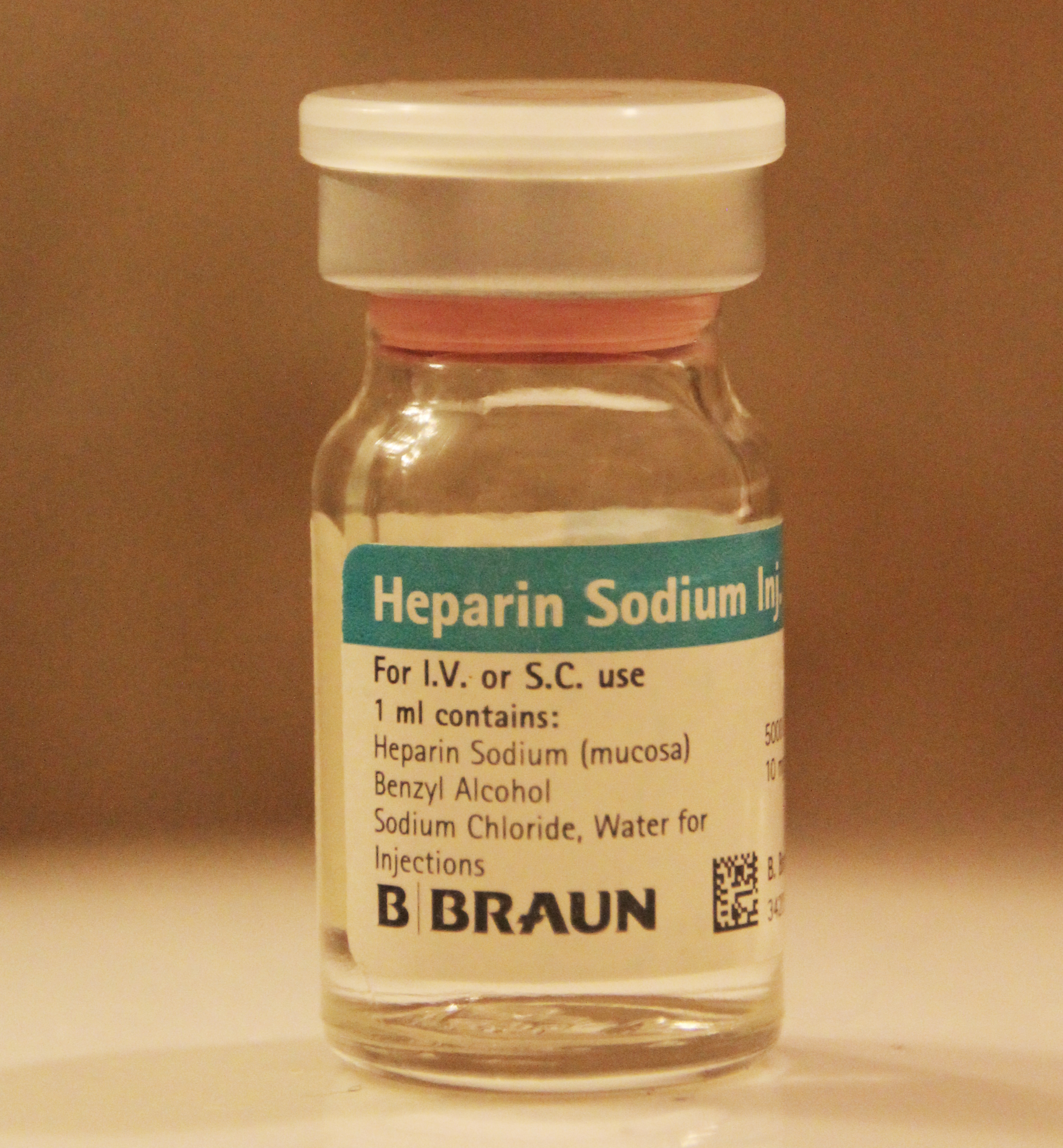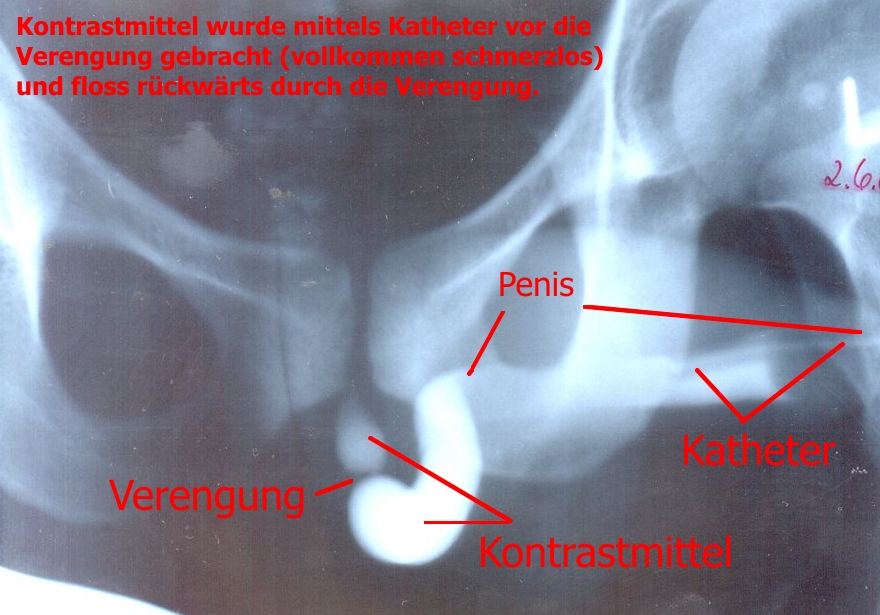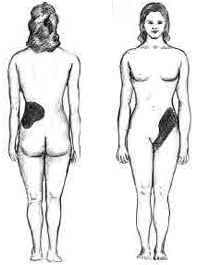|
Ureteric Stent
A ureteral stent (pronounced you-REE-ter-ul), or ureteric stent, is a thin tube inserted into the ureter to prevent or treat obstruction of the urine flow from the kidney. The length of the stents used in adult patients varies between 24 and 30 cm. Additionally, stents come in differing diameters or gauges, to fit different size ureters. The stent is usually inserted with the aid of a cystoscope. One or both ends of the stent may be coiled to prevent it from moving out of place; this is called a JJ stent, double J stent or pig-tail stent. Stent placementreteral stents are used to ensure the openness of a ureter, which may be compromised, for example, by a kidney stone or a procedure. This method is sometimes used as a temporary measure, to prevent damage to a blocked kidney, until a procedure to remove the stone can be performed. Indwelling times of 12 months or longer are indicated to hold ureters open, which are compressed by tumors in the neighbourhood of the ureter or ... [...More Info...] [...Related Items...] OR: [Wikipedia] [Google] [Baidu] |
Sepsis
Sepsis is a potentially life-threatening condition that arises when the body's response to infection causes injury to its own tissues and organs. This initial stage of sepsis is followed by suppression of the immune system. Common signs and symptoms include fever, tachycardia, increased heart rate, hyperventilation, increased breathing rate, and mental confusion, confusion. There may also be symptoms related to a specific infection, such as a cough with pneumonia, or dysuria, painful urination with a pyelonephritis, kidney infection. The very young, old, and people with a immunodeficiency, weakened immune system may not have any symptoms specific to their infection, and their hypothermia, body temperature may be low or normal instead of constituting a fever. Severe sepsis may cause organ dysfunction and significantly reduced blood flow. The presence of Hypotension, low blood pressure, high blood Lactic acid, lactate, or Oliguria, low urine output may suggest poor blood flow. Se ... [...More Info...] [...Related Items...] OR: [Wikipedia] [Google] [Baidu] |
Hypospadias
Hypospadias is a common malformation in fetal development of the penis in which the urethra does not open from its usual location on the head of the penis. It is the second-most common birth defect of the male reproductive system, affecting about one of every 250 males at birth, although when including milder cases, is found in up to 4% of newborn males. Roughly 90% of cases are the less serious distal hypospadias, in which the urethral opening (the Urinary meatus, meatus) is on or near the head of the penis (Glans penis, glans). The remainder have proximal hypospadias, in which the meatus is all the way back on the shaft of the penis, near or within the scrotum. Shiny tissue or anything that typically forms the urethra instead extends from the meatus to the tip of the glans; this tissue is called the urethral plate. In most cases, the foreskin is less developed and does not wrap completely around the penis, leaving the underside of the glans uncovered. Also, a downward bending of ... [...More Info...] [...Related Items...] OR: [Wikipedia] [Google] [Baidu] |
Urethra
The urethra (: urethras or urethrae) is the tube that connects the urinary bladder to the urinary meatus, through which Placentalia, placental mammals Urination, urinate and Ejaculation, ejaculate. The external urethral sphincter is a striated muscle that allows voluntary control over urination. The Internal urethral sphincter, internal sphincter, formed by the involuntary smooth muscles lining the bladder neck and urethra, receives its nerve supply by the Sympathetic nervous system, sympathetic division of the autonomic nervous system. The internal sphincter is present both in males and females. Structure The urethra is a fibrous and muscular tube which connects the urinary bladder to the external urethral meatus. Its length differs between the sexes, because it passes through the penis in males. Male In the human male, the urethra is on average long and opens at the end of the external urethral meatus. The urethra is divided into four parts in men, named after the lo ... [...More Info...] [...Related Items...] OR: [Wikipedia] [Google] [Baidu] |
Heparin
Heparin, also known as unfractionated heparin (UFH), is a medication and naturally occurring glycosaminoglycan. Heparin is a blood anticoagulant that increases the activity of antithrombin. It is used in the treatment of myocardial infarction, heart attacks and unstable angina. It can be given intravenously or by subcutaneous injection, injection under the skin. Its anticoagulant properties make it useful to prevent blood clotting in blood specimen test tubes and kidney dialysis machines. Common side effects include bleeding, pain at the injection site, and thrombocytopenia, low blood platelets. Serious side effects include heparin-induced thrombocytopenia. Greater care is needed in those with poor kidney function. Heparin is contraindicated for suspected cases of Post-vaccination embolic and thrombotic events, vaccine-induced pro-thrombotic immune thrombocytopenia (VIPIT) secondary to SARS-CoV-2 vaccination, as heparin may further increase the risk of bleeding in an anti-PF4 ... [...More Info...] [...Related Items...] OR: [Wikipedia] [Google] [Baidu] |
Infection
An infection is the invasion of tissue (biology), tissues by pathogens, their multiplication, and the reaction of host (biology), host tissues to the infectious agent and the toxins they produce. An infectious disease, also known as a transmissible disease or communicable disease, is an Disease#Terminology, illness resulting from an infection. Infections can be caused by a wide range of pathogens, most prominently pathogenic bacteria, bacteria and viruses. Hosts can fight infections using their immune systems. Mammalian hosts react to infections with an Innate immune system, innate response, often involving inflammation, followed by an Adaptive immune system, adaptive response. Treatment for infections depends on the type of pathogen involved. Common medications include: * Antibiotics for bacterial infections. * Antivirals for viral infections. * Antifungals for fungal infections. * Antiprotozoals for protozoan infections. * Antihelminthics for infections caused by parasi ... [...More Info...] [...Related Items...] OR: [Wikipedia] [Google] [Baidu] |
Urinary Incontinence
Urinary incontinence (UI), also known as involuntary urination, is any uncontrolled leakage of urine. It is a common and distressing problem, which may have a significant effect on quality of life. Urinary incontinence is common in older women and has been identified as an important issue in geriatric health care. The term enuresis is often used to refer to urinary incontinence primarily in children, such as nocturnal enuresis (bed wetting). UI is an example of a stigmatized medical condition, which creates barriers to successful management and makes the problem worse. People may be too embarrassed to seek medical help, and attempt to self-manage the symptom in secrecy from others. Pelvic surgery, pregnancy, childbirth, attention deficit disorder (ADHD), and menopause are major risk factors. Urinary incontinence is often a result of an underlying medical condition but is under-reported to medical practitioners. There are four main types of incontinence: * Urge incontinence ... [...More Info...] [...Related Items...] OR: [Wikipedia] [Google] [Baidu] |
Overactive Bladder
Overactive bladder (OAB) is a common condition where there is a frequent feeling of needing to urinate to a degree that it negatively affects a person's life. The frequent need to urinate may occur during the day, at night, or both. Loss of bladder control (urge incontinence) may occur with this condition. This condition is also sometimes characterized by a sudden and involuntary contraction of the bladder muscles, in response to excitement or anticipation. This in turn leads to a frequent and urgent need to urinate. Overactive bladder affects approximately 11% of the population and more than 40% of people with overactive bladder have incontinence. Conversely, about 40% to 70% of urinary incontinence is due to overactive bladder. Overactive bladder is not life-threatening, but most people with the condition have problems for years. The cause of overactive bladder is unknown. Risk factors include obesity, caffeine, and constipation. Poorly controlled diabetes, poor function ... [...More Info...] [...Related Items...] OR: [Wikipedia] [Google] [Baidu] |
Urethral Stricture
A urethral stricture is a narrowing of the urethra, the tube connected to the Urinary bladder, bladder that allows urination. The narrowing reduces the flow of urine and makes it more difficult or even painful to empty the bladder. Urethral stricture is caused by injury, instrumentation, infection, and certain non-infectious forms of urethritis. The condition is more common in men due to their longer urethra. Signs and symptoms The hallmark sign of urethral stricture is a weak urinary stream. Other symptoms include: * Splaying of the urinary stream * Urinary frequency * Urinary urgency * Straining to urinate * Dysuria, Pain during urination * Urinary tract infection * Prostatitis * Inability to completely empty the bladder. Some people with severe urethral strictures are completely unable to urinate. This is referred to as acute urinary retention, and is a medical emergency. Hydronephrosis and kidney failure may also occur. Complications * Urinary retention * Prostatitis * ... [...More Info...] [...Related Items...] OR: [Wikipedia] [Google] [Baidu] |
Benign Prostatic Hyperplasia
Benign prostatic hyperplasia (BPH), also called prostate enlargement, is a noncancerous increase in size of the prostate gland. Symptoms may include frequent urination, trouble starting to urinate, weak stream, urinary retention, inability to urinate, or urinary incontinence, loss of bladder control. Complications can include urinary tract infections, bladder stones, and chronic kidney problems. The cause is unclear. Risk factors include a family history, obesity, type 2 diabetes, not enough exercise, and erectile dysfunction. Medications like pseudoephedrine, anticholinergics, and calcium channel blockers may worsen symptoms. The underlying mechanism involves the prostate pressing on the urethra thereby making it difficult to pass urine out of the bladder. Diagnosis is typically based on symptoms and Physical examination, examination after ruling out other possible causes. Treatment options include lifestyle changes, medications, a number of procedures, and surgery. In th ... [...More Info...] [...Related Items...] OR: [Wikipedia] [Google] [Baidu] |
Pyelonephritis
Pyelonephritis is inflammation of the kidney, typically due to a bacterial infection. Symptoms most often include fever and flank tenderness. Other symptoms may include nausea, burning with urination, and frequent urination. Complications may include pus around the kidney, sepsis, or kidney failure. It is typically due to a bacterial infection, most commonly ''Escherichia coli''. Risk factors include sexual intercourse, prior urinary tract infections, diabetes, structural problems of the urinary tract, and spermicide use. The mechanism of infection is usually spread up the urinary tract. Less often infection occurs through the bloodstream. Diagnosis is typically based on symptoms and supported by urinalysis. If there is no improvement with treatment, medical imaging may be recommended. Pyelonephritis may be preventable by urination after sex and drinking sufficient fluids. Once present it is generally treated with antibiotics, such as ciprofloxacin or ceftriaxone. ... [...More Info...] [...Related Items...] OR: [Wikipedia] [Google] [Baidu] |









